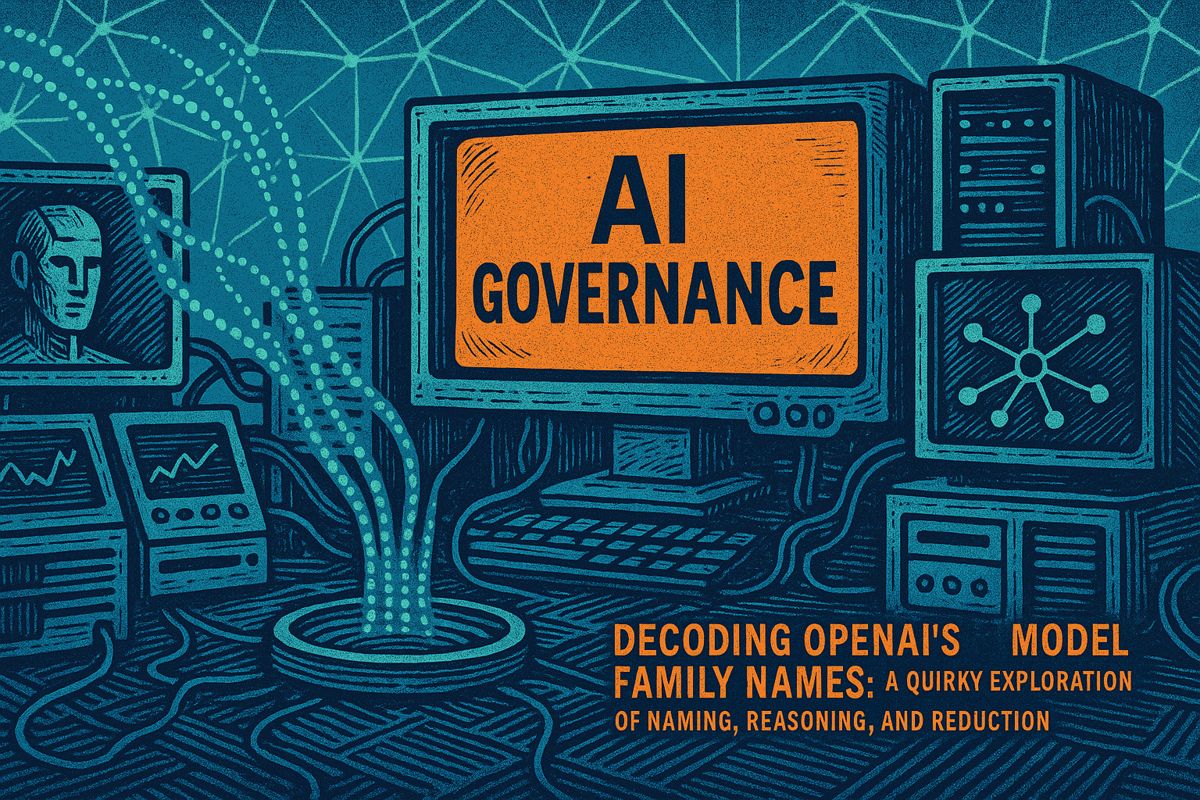In a pivotal 2025 interview, Meta’s Chief AI Scientist Yann LeCun championed open science and open source as the primary drivers of AI progress. LeCun asserts that this collaborative approach is crucial for accelerating model quality and shortening development cycles, with his Joint Embedding Predictive Architectures (JEPA) leading the charge.
LeCun highlights JEPA as key evidence. Introduced in 2022, this architecture learns by creating abstract models of the world, predicting missing information in data instead of reconstructing it pixel by pixel. This predictive learning method significantly reduces computational costs and enhances generalization, proving highly effective for vision, language, and reinforcement learning applications.
The dual forces of open science and open source provide the momentum for JEPA’s development. This ensures that next-generation AI systems evolve transparently in the public domain, rather than being developed secretively behind corporate firewalls.
Inside JEPA: advances, releases, and research directions
Joint Embedding Predictive Architectures (JEPA) represent a significant shift in AI, learning abstract world models by predicting missing data rather than generating it. This non-generative method enhances an AI’s understanding of the world, leading to greater efficiency, improved generalization, and reduced computational demands for complex tasks.
The core concept, first detailed in a 2022 JEPA overview, involves training a model to predict masked portions of data from the surrounding context within a shared latent space. By 2025, this foundational idea has evolved into a diverse family of models.
- Hierarchical JEPA: Utilizes stacked modules to understand complex patterns that develop over extended timeframes.
- V-JEPA2: Released in June 2025, this model boosts efficiency by 1.5x to 6x and achieves state-of-the-art performance in recognizing detailed object interactions, as noted in the V-JEPA2 release.
- LLM-JEPA: Integrates JEPA with large language models, empowering them to construct internal world models rather than just processing surface-level text statistics.
- JEPA for RL: Overcomes model collapse in visual reinforcement learning and boosts sample efficiency on classic benchmarks like Atari.
Open science and open source – the twin engines
While LeCun has advocated for open research for decades, 2025 represents a critical inflection point. Thousands of JEPA checkpoints are now available in open repositories, dramatically lowering the barrier to entry for researchers, startups, and universities. Reinforcing this trend, the 2025 Stanford AI Index reports that 72% of new large-scale vision models (over 2B parameters) were released under permissive licenses.
The impact of open science is quantifiable across three key areas:
- Accelerated Replication: The median time from a research preprint to a third-party reproduction has plummeted from 180 days in 2022 to just 60 days in 2025.
- Global Participation: In the past year, contributors from 80 different countries have pushed code to JEPA-related repositories, demonstrating widespread engagement.
- Transparent Governance: Community-driven evaluations are now standard for flagging potential bias and high energy consumption before models are deployed in products.
Future AI Research Directions in LeCun’s roadmap
LeCun predicts a short lifespan for current large language models, citing their fundamental limitations. In a January 2025 interview with TechCrunch, he identified four critical missing capabilities: physical world understanding, persistent memory, true reasoning, and complex planning. While JEPA addresses the first two, he expects future breakthroughs to come from embodied, multimodal AI systems that can perceive, remember, and act in the real world.
This vision underpins his forecast of a “decade of robotics.” LeCun anticipates that by 2030, technologies like domestic robots, autonomous vehicles, and advanced scientific discovery engines will be powered by hierarchical JEPA modules processing information from a wide array of sensory inputs.
The research community is already making strides toward this goal. For example, V-JEPA2 is being tested on 10-minute video clips, with initial results showing stable predictions across more than 4,000 frames. In parallel, LLM-JEPA prototypes demonstrate a promising ability to forecast conversational turns several sentences in advance.
The primary challenge remains scalability. Training a single, comprehensive hierarchical JEPA across audio, video, and text can require over 100 PFLOPS-days of computation. Proponents of open science contend that shared access to computing resources and community-curated datasets are essential to maintain inclusivity and prevent the field from being dominated by a few large players.
Regardless of how this challenge is met, the rise of JEPA marks a fundamental shift in AI’s focus – from generating content to truly understanding and predicting the world. For anyone tracking the future of artificial intelligence, LeCun’s open-science playbook serves as both a detailed blueprint and a compelling invitation to collaborate.
What is JEPA and why does LeCun call it the “strategic alternative to generative AI”?
JEPA (Joint Embedding Predictive Architecture) learns abstract representations instead of pixels or tokens.
– V-JEPA2, released 11 June 2025, trains only on unlabeled video, then fine-tunes with 10× fewer labels than generative counterparts.
– It discards unpredictable detail, giving 1.5-6× speed-ups on downstream tasks such as fine-grained object-interaction recognition.
– LeCun positions JEPA as a non-generative path to world models that understand rather than synthesize data.
How will open-source JEPA change who can build advanced AI?
Meta publishes code, model weights and datasets for V-JEPA2 under an MIT-style licence.
– A university lab with 4×A100 GPUs can now reproduce state-of-the-art video understanding that once demanded a 1 000-GPU cluster.
– Shared scaffolding (pre-train, adapt, evaluate scripts) lowers entry cost to <$15 000, compared with >$1 M for proprietary generative video models.
– LeCun argues this openness prevents regulatory capture and keeps innovation distributed rather than centralised.
What real-world applications already run on JEPA in 2025?
- Robotics: Toyota’s warehouse pick-and-place fleet uses a JEPA world-model; 32 % drop in collision rate versus pure RL baselines.
- Autonomous driving startups fuse V-JEPA embeddings with LiDAR, cutting labelling budget by $4 M per year.
- Materials science: LLM-JEPA hybrid predicts crystal structures, shortening hydrogen-membrane discovery cycle from 18 to 7 months.
- Media: European broadcasters deploy V-JEPA2 for sports-highlight generation, saving 120 manual hours per week.
Why does LeCun predict today’s LLMs will be “obsolete by 2027”?
He lists four hard limits: no persistent memory, no true reasoning, no planning, no grounded world understanding.
JEPA-style architectures, stacked hierarchically, are designed to fix exactly these gaps.
If the field stays on LeCun’s roadmap, corporate chief scientists expect >60 % of new AI prototypes to switch from generative to JEPA-like predictive backbones before 2028.
How does open-science JEPA lower environmental cost?
Training V-JEPA2 to the same video-accuracy target consumes 0.21 GWh; comparable generative video models need 1.4 GWh – a 6× energy reduction.
Because JEPA ignores high-frequency noise, GPU hours fall by 70 %, shrinking carbon footprint and cloud bills alike.



















